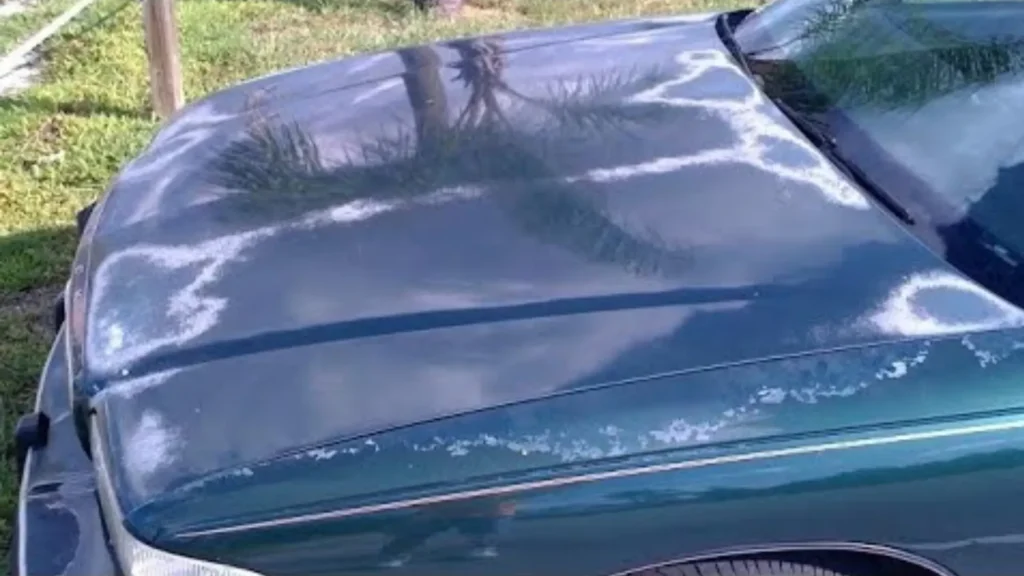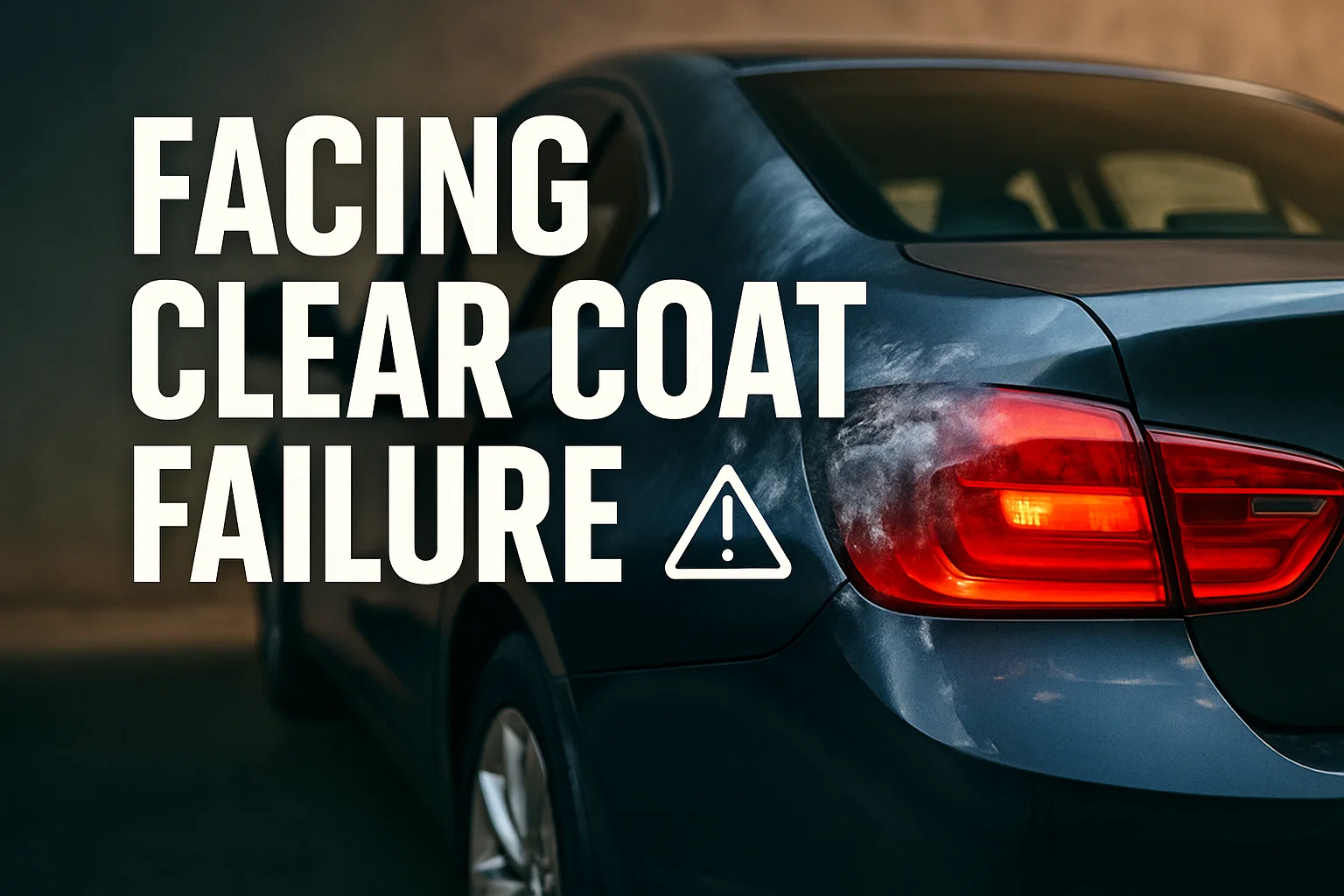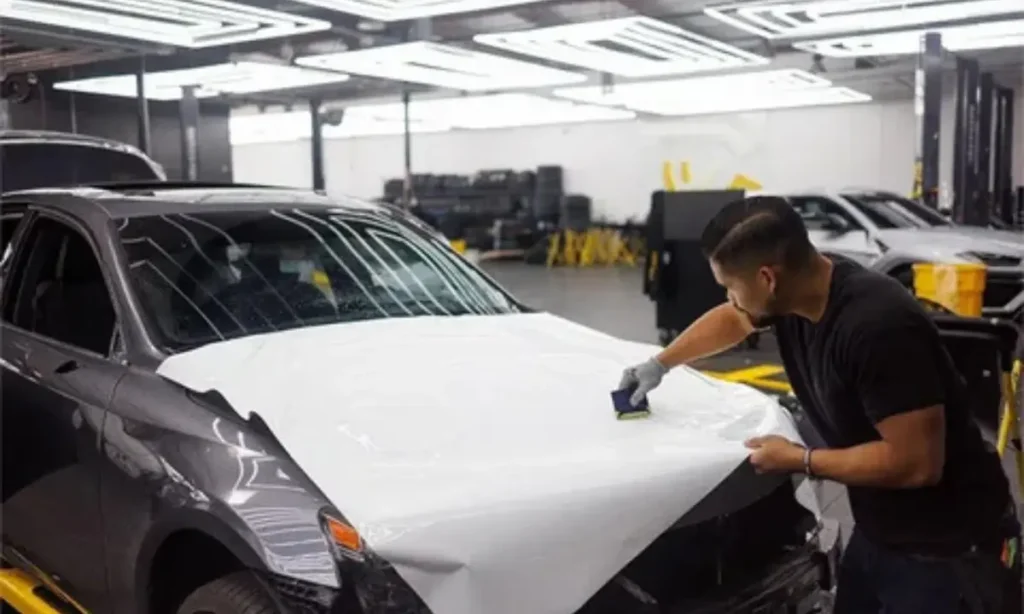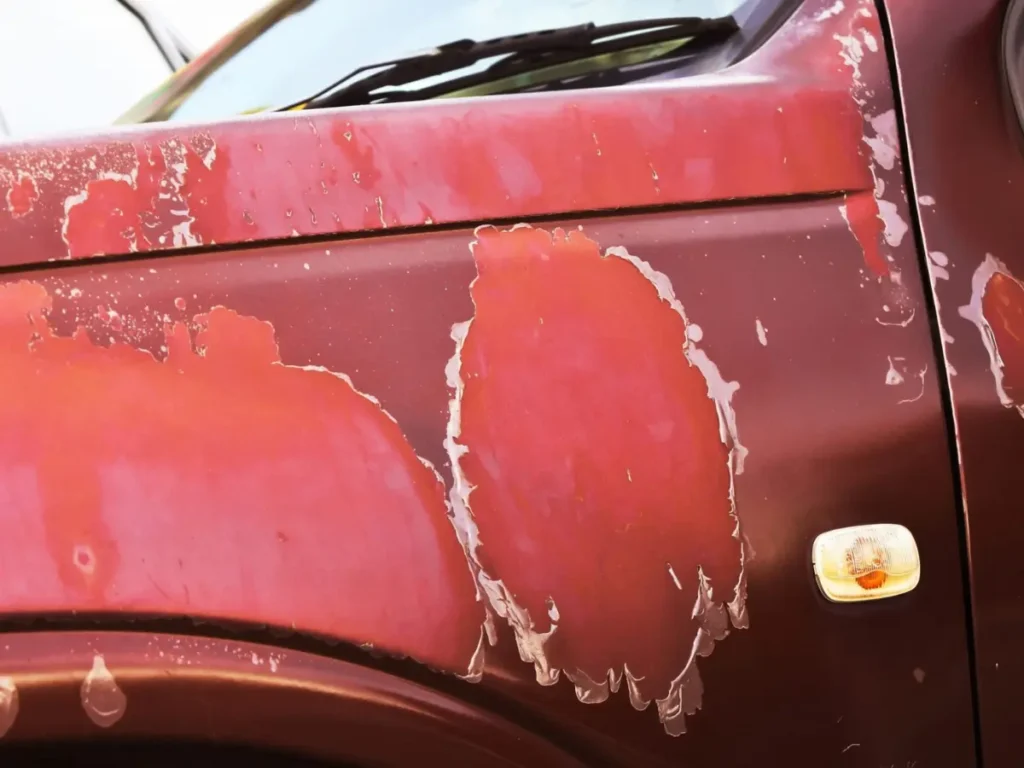A clear coat not only protects your car’s paint but also makes it shine. However,but over time it can start to fail due to sun damage, weather, and neglect. If the clear coat peels, cracks, and fades, the car does not look its best, and the paint may deteriorate further. Knowing how to spot early signs of clear coat failure and how to act promptly may prevent the consequences and let you enjoy your car’s great appearance. This guide sheds light on the causes, symptoms, and repair methods for clear coat failure in simple terms.
What Causes Clear Coat Failure
Prolonged exposure to the ultraviolet rays of sunlight most often causes clear coat failure. The surface loses its protective properties, allowing the clear coat to become brittle and crack under high pressure. Moreover, high and low temperatures make it expand and contract, which helps generate clear coat flake. Acidic substances, such as bird droppings, bug splatter, and acid rain, deteriorate the surface. Poor-quality cleaning agents and failure to apply wax or seal regularly will accelerate their degeneration.
Signs of Clear Coat Failure
- Paint looks dull, hazy, or faded, especially on flat surfaces
- The clear coat feels rough or dry when touched
- Fine cracks or “crazing” appear on the paint
- Clear coat peeling or flaking of paints
How to Fix Clear Coat Failure
Clear coat failure can make your car appear seriously neglected. The damage can be restored with the right process. Here’s my step-by-step plan for professionally repairing clear coat failure on your own:
1. Clean the Damaged Area
Wash the affected part of your car thoroughly using a high-quality shampoo for cars to eliminate dirt and contaminants. Get rid of any embedded particles with the help of a clay bar that were missed during washing. The surface you’re about to repair must be clean to achieve the best results.
2. Sand the Damaged Clear Coat
Sand the peeling or damaged clear coat with wet sandpaper ranging from 1000 to 2000 grit. Keep the sandpaper and surface wet to prevent scratches. Blend the edges into the surrounding clear coat to make the smoothed transition smooth, without distinct clear lines.
3. Prep the Surface
Wipe the sanded area with rubbing alcohol or a pre-paint cleaner to eliminate dust, oils, and residues. Allow the area to dry fully.
4. Mask Off Surrounding Areas
Use masking tape and paper to shield neighboring panels, trim, and glass from clear coat overspray.
5. Apply New Clear Coat
Shake your automotive clear coat spray well. Apply several thin layers, allowing each to dry per the instructions. Do not over-apply, as this could result in a run. Create layers slowly for a smooth finish.
6. Let It Cure
Allow your new clear coat to cure fully. Cure times may vary from a few hours to several days, depending on the product.
7. Polish the Repaired Area
Polish the area with a polishing compound and a soft pad on a machine polisher to blend and smooth the new clear coat, bringing back high gloss and removing blemishes.
8. Apply Wax or Sealant
Finish with a protective wax or paint sealant to protect the repaired area and enhance shine.
Seek Professional Help
If the clear coat is severely damaged or peeling, it might be a good idea to pick up the phone and call your local auto body shop. Professionals possess the necessary tools and skills to sand, repaint, and clear coat your panels, resulting in a perfect, long-lasting repair. While DIY methods may fix minor haze or scratches, they can have a detrimental effect on substantial or deep flaws in the clear coat.
How Much Does Clear Coat Repair Cost?
Clear Coat Repair costs are determined by the severity and the work required to fix the damage. Different conditions and possibilities include:
- Small Repair Area: If only a small portion of the panel has peeling or clear coat damage, then the costs for restoration can vary from $500 to $1,000.
- Multiple Panels: If the damage is represented on behalf of several spots or panels, the costs can reach from $1,500 to $5,000, based on the number of recommendations.
- Whole Car Clear Coat Failure: If the whole vehicle’s clear coat is failing, it may require repainting. The rates range from $5,000 and can often be much higher depending on the paint and the size of the vehicle.
- Additional body damage. If the dents and rust are severe and the body requires repair, shops usually combine them, which can cost $10,000 and more, and insurance may or may not cover it depending on the initial cause.
- DIY repair. Minor clear coat issues and peeling can be fixed with kits, allowing short-term repairs for under $100.
How to Prevent Clear Coat Failure After Repair
After you have repaired the clear coat, you should consider safeguarding it from future damage. Regular maintenance ensures your paint remains fresh and your clear coat is unharmed for an extended period. Therefore, you should consider following the practices highlighted below:

1. Regular Washing With Care
Use a pH-balanced car shampoo to hand wash your vehicle with clean microfiber mitts. Importantly, avoid strong chemicals and automated washes using abrasive brushes. During a wash, grit can scratch and wear out the clear coat.
2. Dry Thoroughly
Use a soft microfiber cloth when drying your vehicle to avoid water spots caused by drying water droplets, which can etch the paint, protecting the clear coat.
3. Apply Paint Sealant or Wax
After a wash and drying, apply a high-quality paint sealant or wax. They offer an extra protective barrier against UV rays and moisture or grime. Sealants last up to 12 months at a time, whereas wax should be applied after 1-3 months.
4. Park in the Shade
Whenever possible, park your vehicle under the shade or in your garage with reduced direct sunlight. Overexposure to UV rays is a clear coat degrader.
5. Regular Detailing
Schedule at least two cleaning and claying, sealing, and polishing sessions a year. They remove grime and other contaminants, thus maintaining the clear coat’s clean and glassy finish.
6. Immediate Attention to Damage
Fix the damage immediately. For example, chips, scratches and even minor peeling parts should be repaired immediately to prevent the spread and subsequent expenses for repairs.
Conclusion
Clear coat damage can damage your car’s appearance and value, but understanding how to identify, repair, and prevent it is also useful.. With a little light oxidation or a lot of significant peel, proactive maintenance or experienced repair can return the shine and guard to your paint. Moreover, with regular washing, waxing, and avoiding severe conditions, you can keep your repair investment safe for years to come. Choose Izzy’s Auto Detailing for experienced paint correction and clear coat service customized for your vehicle.
FAQs
Clear coat breaks due to exposure to sun, weather, pollution, and deficiency maintenance.
If your paint appears to be cracking, peeling, feeling grainy, or hazing, your clear coat is probably failing.
With some elbow grease, clear coat can be polished away, but peeling requires a professional.
Repairing scores from several hundred to many thousands of dollars, depending on the size and coverage.
To prevent your clear coat from dying, you must wash, wax, and park it in the shade, as well as provide comprehensive details.




